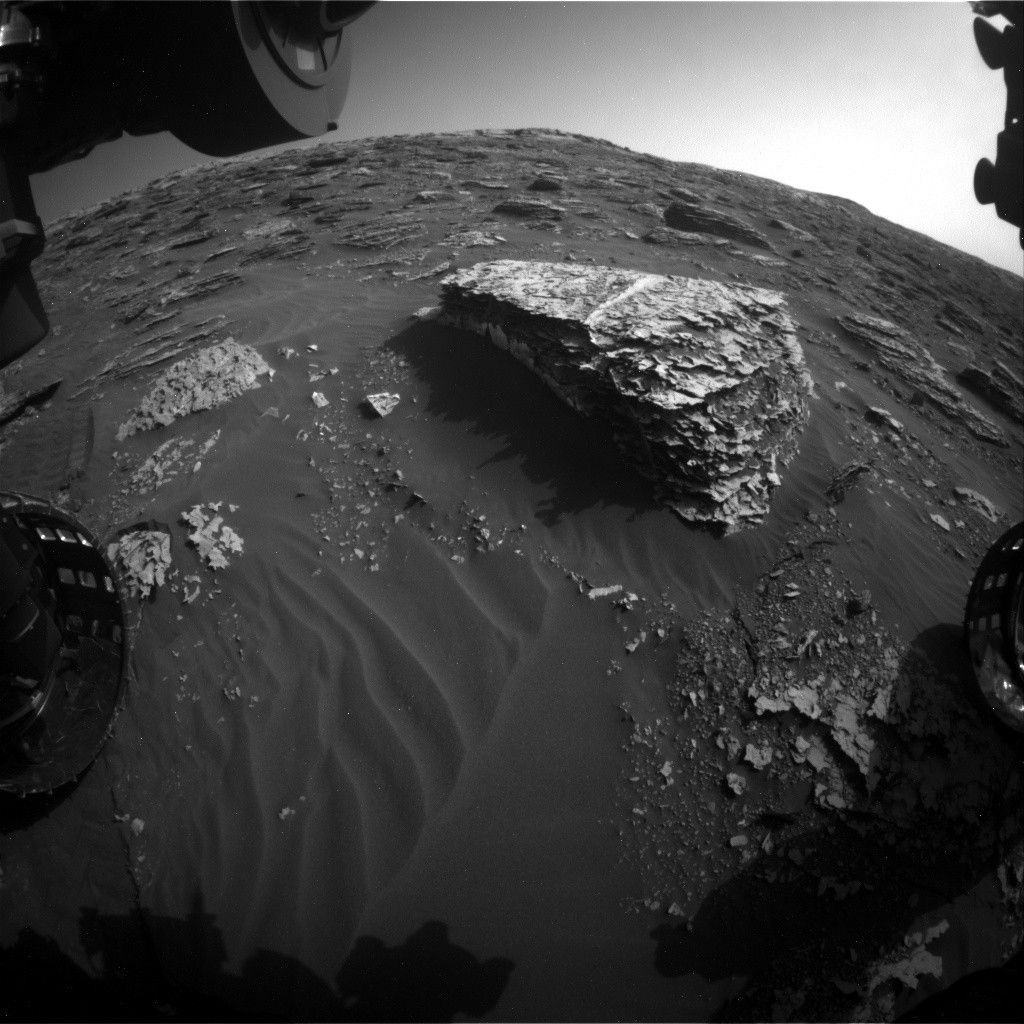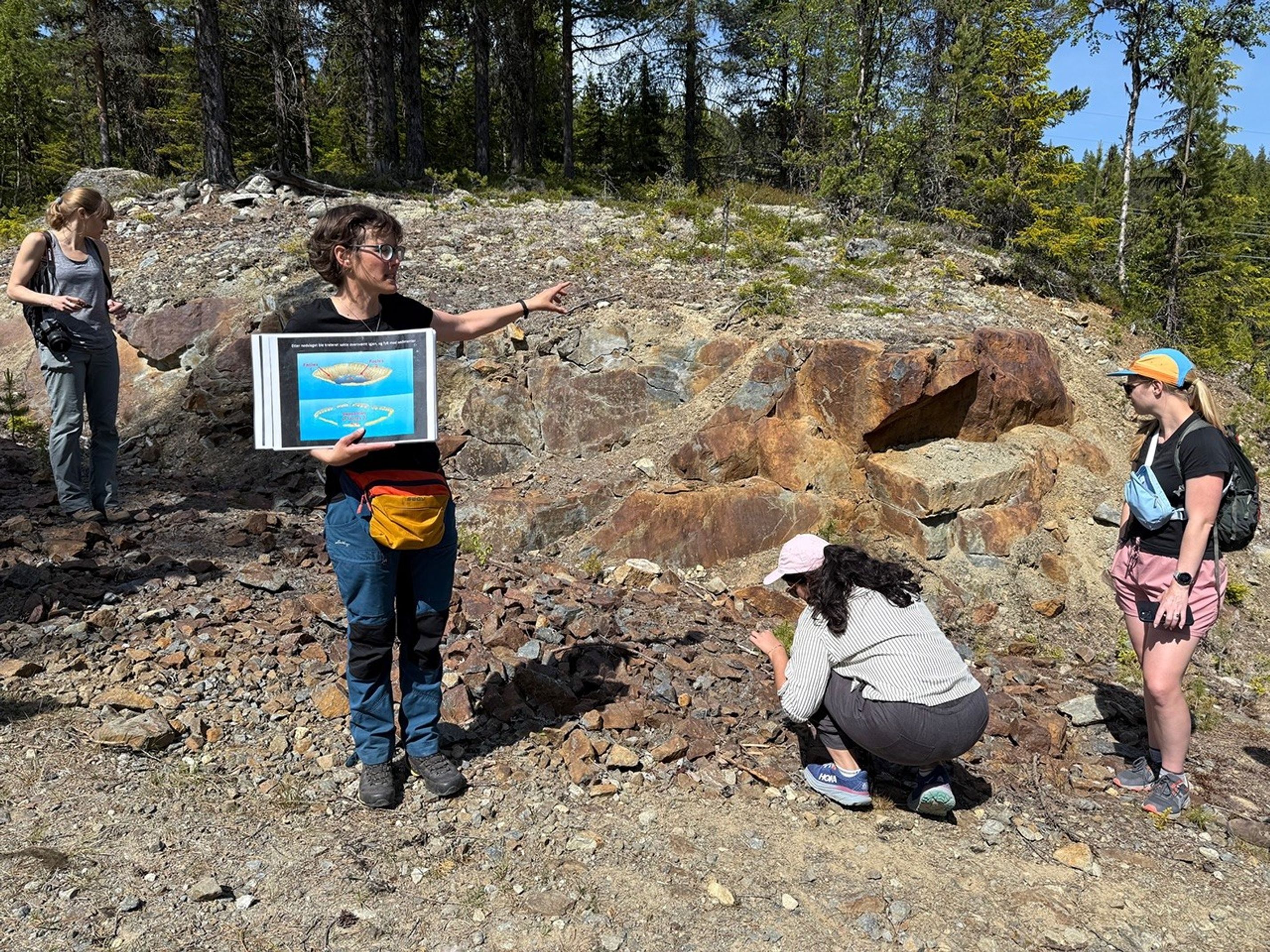I was excited to learn earlier this week that my native city was chosen as the name of the latest drill site on Mars! The name was selected by geologists on the mission to recognize the Duluth Complex, one of the largest intrusions of gabbro on Earth, along the north shore of Lake Superior.
I was excited to learn earlier this week that my native city was chosen as the name of the latest drill site on Mars! The name was selected by geologists on the mission to recognize the Duluth Complex, one of the largest intrusions of gabbro on Earth, along the north shore of Lake Superior. But, as the team likes one-word names, we are just calling the drill site "Duluth." The name was almost changed yesterday when it was realized that "Duluth" was already used for a ChemCam target on Sol 292. Normally we don't use names more than once, but the team decided an exception was warranted.
Duluth, my birth city, was at one time the busiest port in the United States in terms of gross tonnage, surpassing even New York for a while. It is still considered the largest freshwater port in the world even though it is one of the farthest inland, at 3770 km from the Atlantic Ocean. Duluth has one of the coolest climates in the US due to its proximity to the world's largest and one of the deepest freshwater lakes. The drill target "Duluth" on Mars was also once near the shore of a large freshwater lake. Its climate is also relatively cool, so the name is apropos.
The Curiosity rover is commencing its drill sequence with a full suite of contact science characterizations today. It will start with a touch of the target by the arm just off to the side of the planned drill site (documented by Hazcam and Navcam), then an APXS observation and then MAHLI observations of the "Duluth" target at 25 cm. After that there will be a pre-load drill test, which will be documented by the imagers. MAHLI will image the site at 35 cm along with imaging the location where the arm did its touch. The Dust Removal Tool (DRT) will brush the target, after which Mastcam will inspect the brush and the brushed surface, and MAHLI will document the brushed target at 25, 5, and 1-2 cm distances. The 5 cm distance will support a stereo pair of images. APXS will be placed for an overnight observation of the target. Navcam and Hazcam will document most of the arm instrument positions over the course of the day. Mastcam will take a Phobos transit video near sunset. RAD, REMS, and DAN will monitor the environment in the background. If all goes well, the uplink team will work on the drilling commands tomorrow.
Written by Roger Wiens, ChemCam PI































